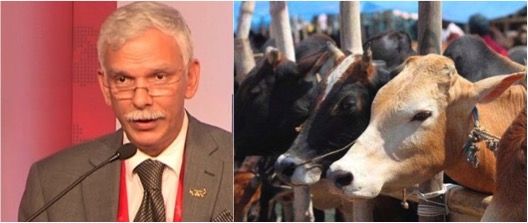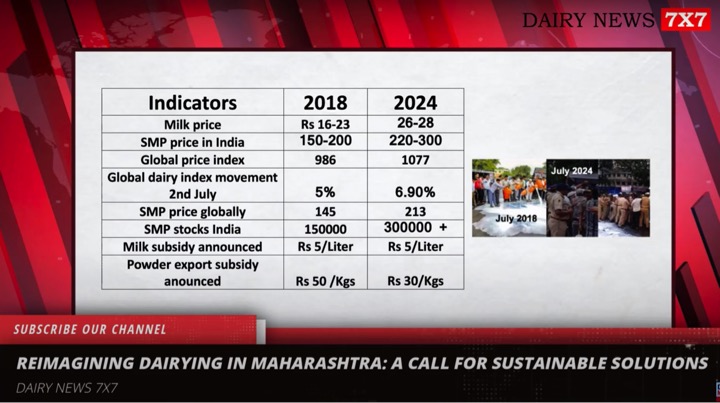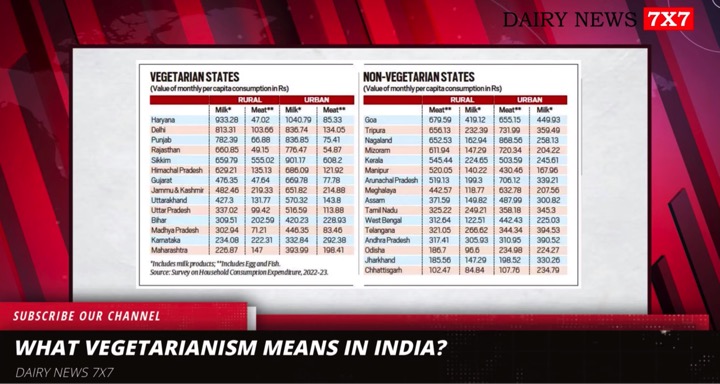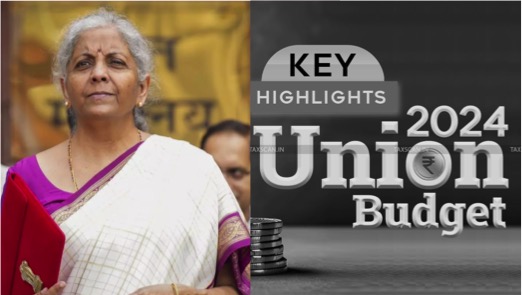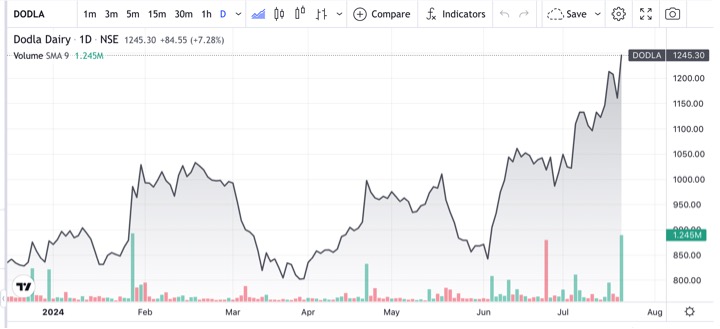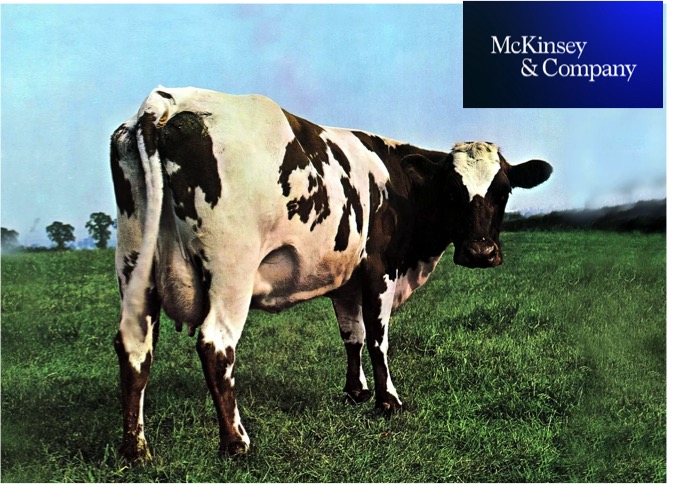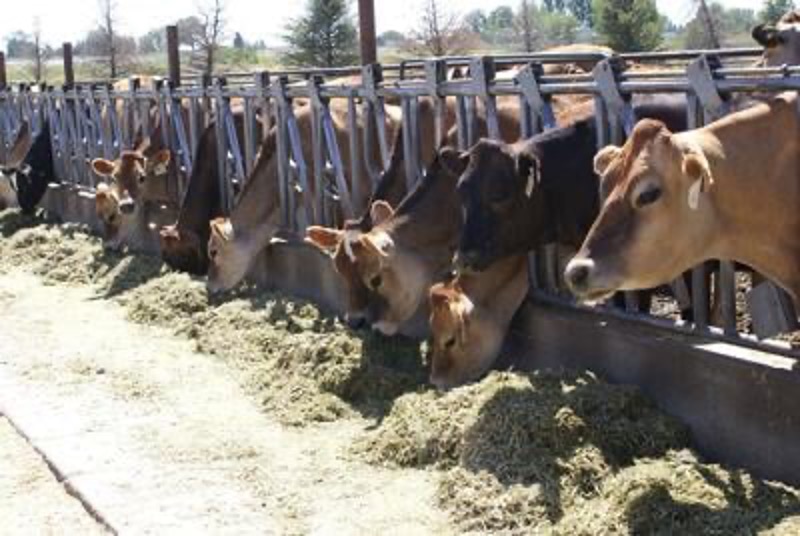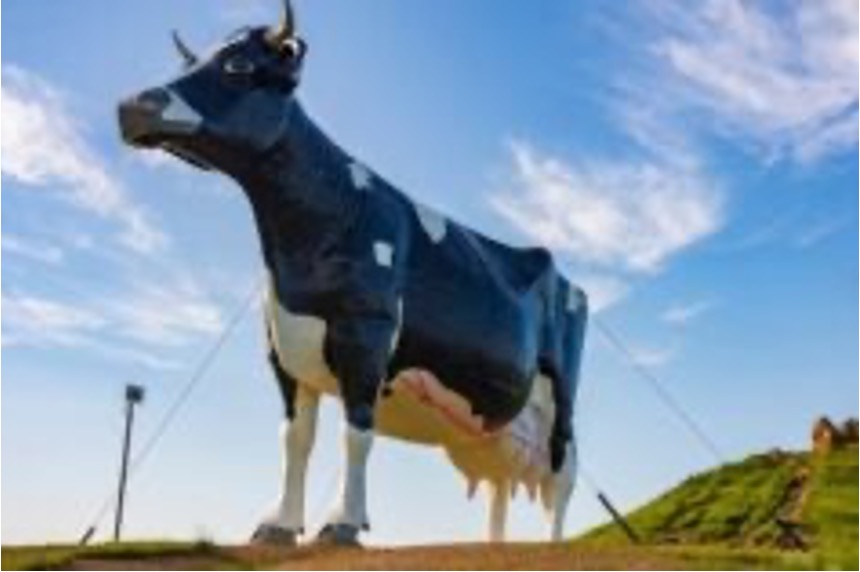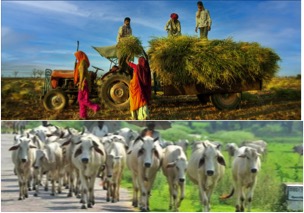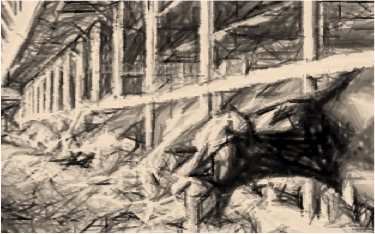The Centre will soon roll out a ₹5,000-crore scheme to promote entrepreneurship in the animal husbandry sector, with the twin objective of increasing productivity and reducing input costs, Atul Chaturvedi, secretary, ministry of fisheries, animal husbandry and dairying said in an interview.
The focus will shift from alleviating poverty to encouraging more investments in the sector, he added. The scheme will initially run for five years and seeks to create a chain of entrepreneurs who will breed quality farm animals (such as cows, buffaloes, goats and pigs) and sell them to farmers. The Centre will provide up to 50% subsidy to entrepreneurs, Chaturvedi said. They can avail bank loans to meet capital expenditure requirements, for buying breeds and technology.
“We want to replicate the success of private hatcheries prevalent in the poultry industry without government intervention. Livestock output has been growing at 8% CAGR (compound annual growth rate) for the last few years and it has the potential to grow at double digits if properly incentivized which could lead to tripling or quadrupling of farmers’ income. This will also give a boost to building an Atmanirbhar Bharat,” he said.
The Centre seeks to create rural entrepreneurs for producing cheaper fodder through the year. “Quality green fodder is available for only two to three months of a year and there is also huge geographical imbalance. By converting green fodder into silage, such rural entrepreneurs can supply preserved green fodder round the clock throughout the year and at a much cheaper price than concentrate feed available in the market.”
Chaturvedi said the Centre is looking at a hub-and-spoke model. “Farmers can grow the fodder between two crop seasons and entrepreneurs can process it using machinery and convert it into silage and sell it at nearby markets at one-tenth the price of concentrate feed.”
T.K. Mohanty, principal scientist (animal reproduction) at Karnal based National Dairy Research Institute, said the government must prioritize feeder entrepreneurs over breeder entrepreneurs, and needs a 20-year plan for the scheme to succeed. “In last 70 years, we have been able to do only 35% artificial insemination. It can’t be changed overnight. It requires educating farmers and breeders and making technology and money available at the right place. Also, one needs to be mindful that the model which will work in one region may not work across India.”


